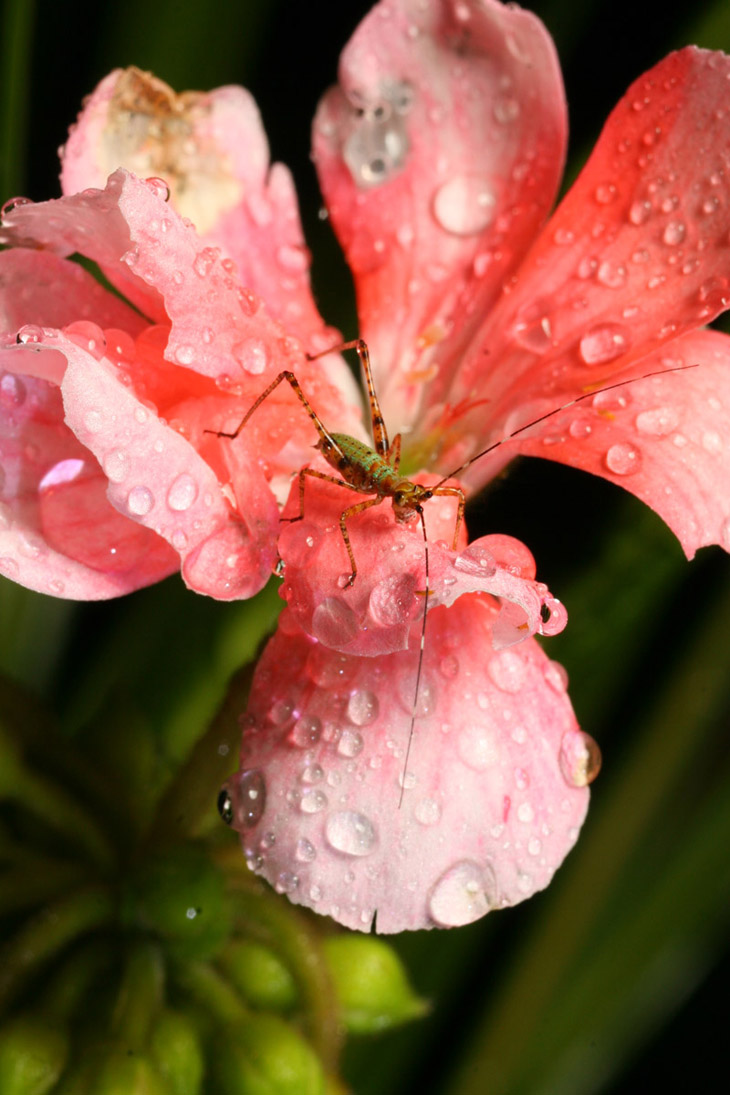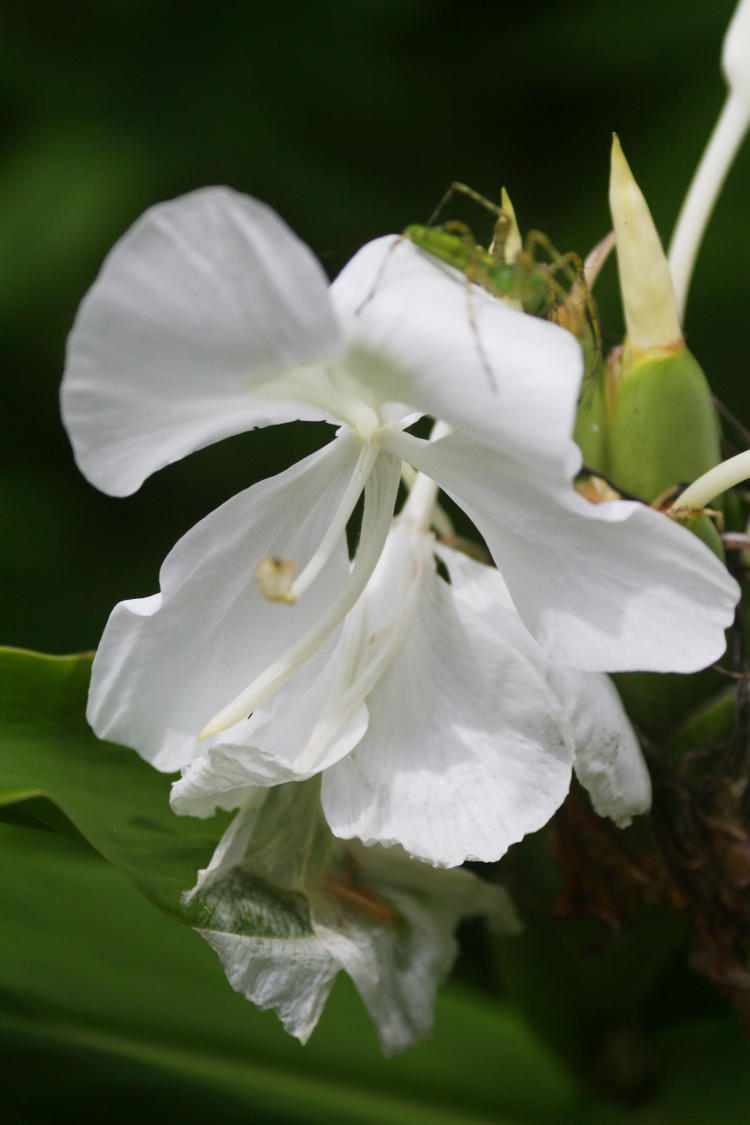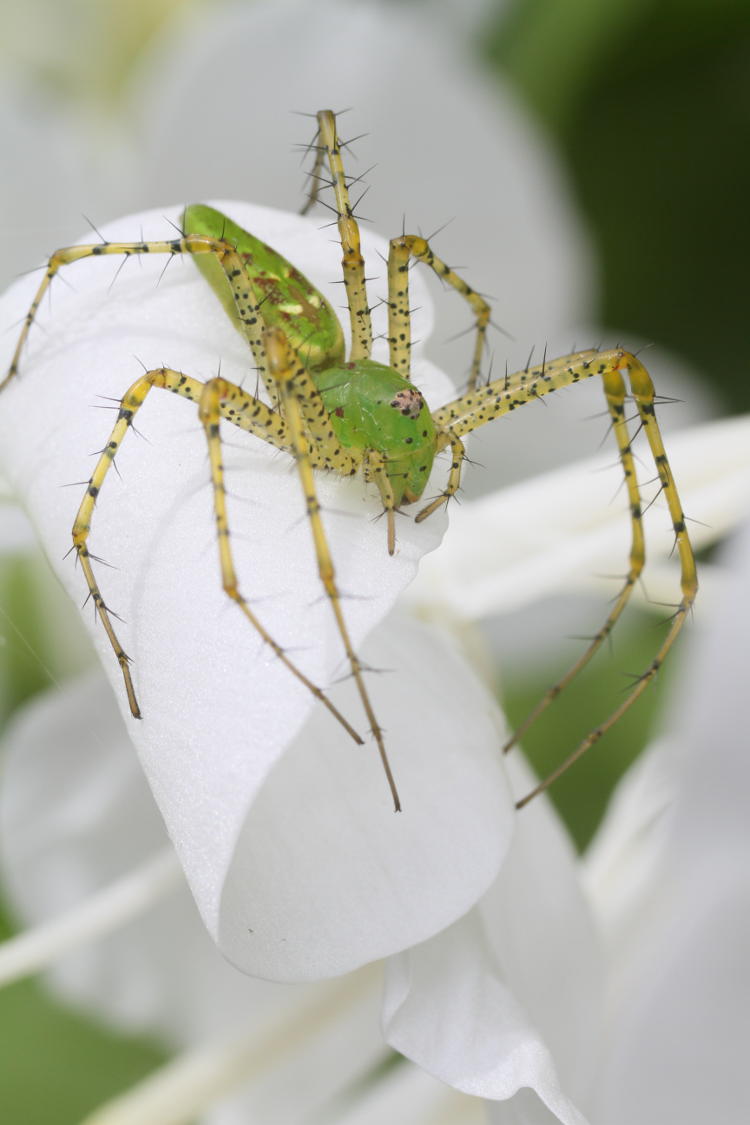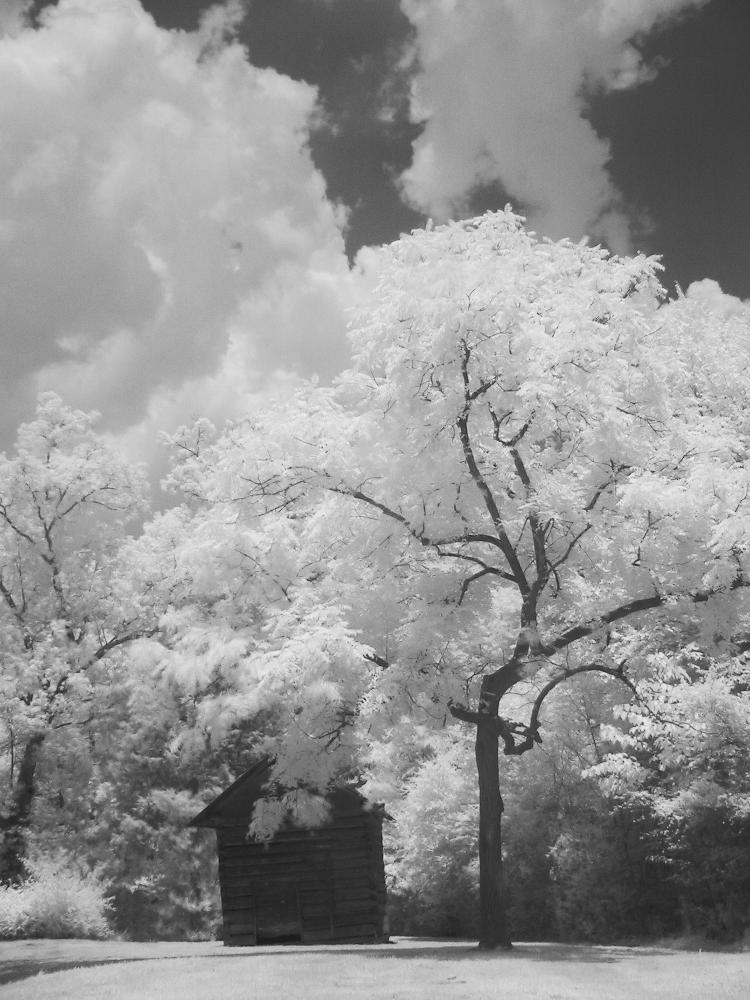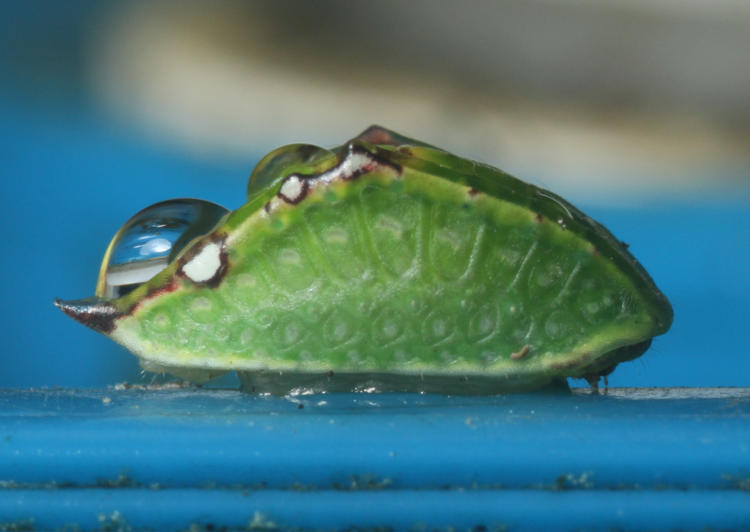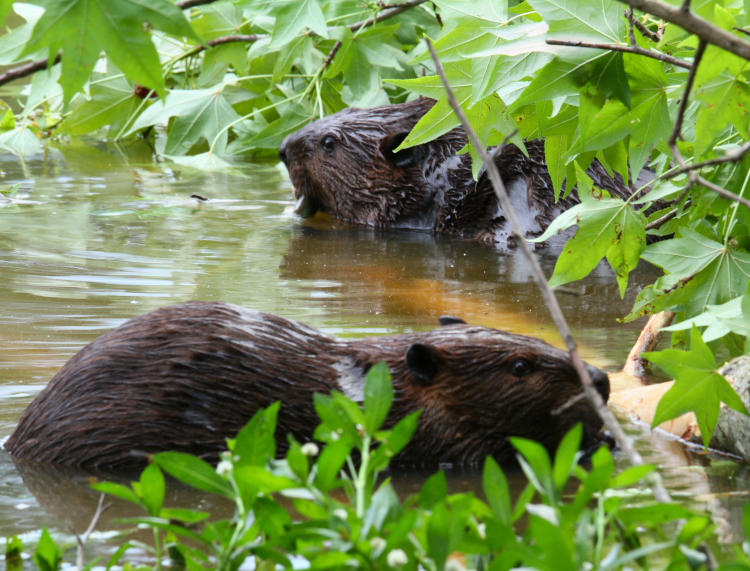And now, we return to Beaufort, but only in the bloggy sense, because we’re still right here vegetating in front of the computer. Because I know you’re not doing something insanely silly like trying to view this on your toy smutphone…
The day we arrived was ridiculously rainy, but in the late afternoon it stopped without really clearing, so all we did was grab a meal and do a little poking around downtown. The fog settled in nicely, but my camera was a kilometer away and the tripod much, much farther, so nothing to show for this, unfortunately. Day two was when we hit Shackleford Banks, and I chased a couple of other subjects, such as these brown pelicans (Pelecanus occidentalis) out over the breakers on the ocean side.

I probably should have either dubbed out the cargo ship out there, or extended the center masts so that it resembled an old sailing ship – maybe if the image had been stronger. Yes, I was aware that it was there, and yes, I tracked the pelicans until it was out of the frame, but then the breakers became flat and boring.
One of the regular (human) visitors to the island warned us about the likelihood of finding Portuguese man o’ wars (Physalia physalis) washed up on the Atlantic side, and sure enough, we found a handful on the beach. Not very big, but then again, if they’d been bigger they would likely have been less dangerous from being easier to spot before you were right on top of them.

Often considered jellyfish, they are instead a siphonophore, a distinction that makes little difference if you’re not into biology, but they’re actually a colony of separate organisms, technically distinct but relying on each other to survive. The sting of the tentacles (nematocysts,) seen here looking like blue rope clustered underneath, can be pretty damn strong and painful. I neglected to check this out for myself but, you know, I was on vacation – this was not a working trip. Otherwise I would have. Really.

Now you know the source of the month-end abstract; since the natural light was so dull, I supplemented with my ubiquitous pocket flashlight. The big blobby bit that dominates the organism is actually a sail that catches the wind and allows them to travel better than mere currents can provide. What this does for them, I can’t imagine, because not one of them displayed any decals of the places they’d been, so what’s the point?
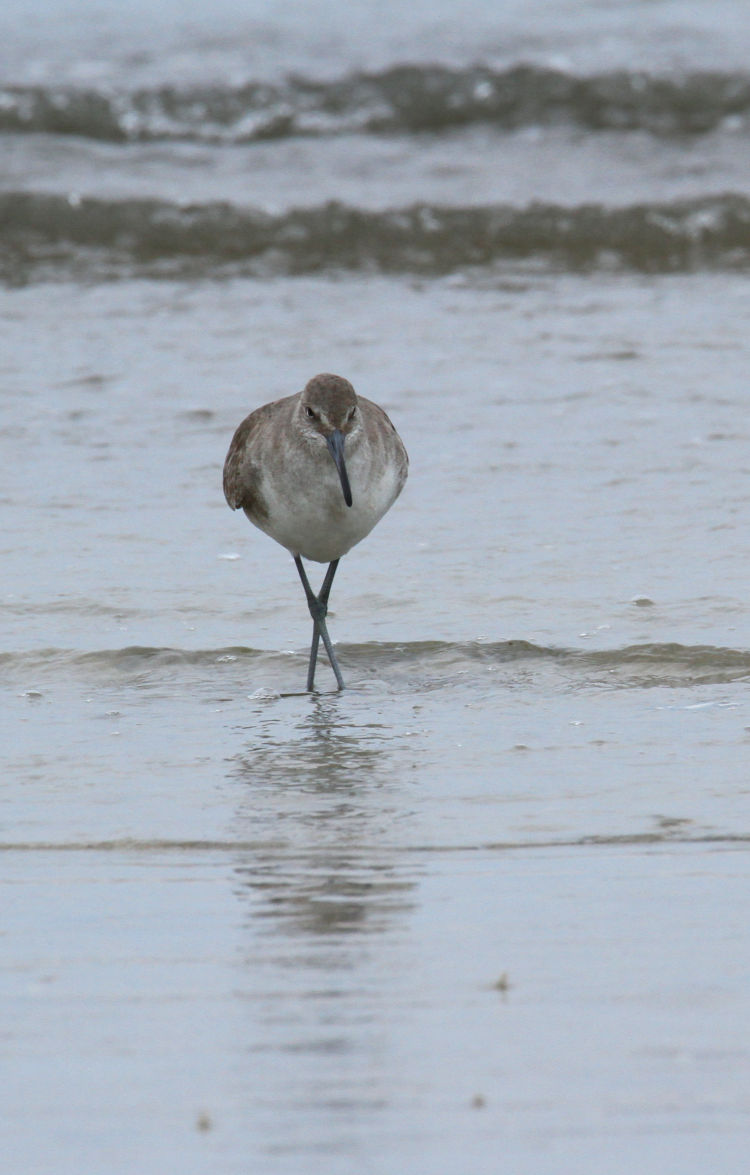
A handful of shorebirds were plying the shallows inside of the breakers, and I did just a few frames; I liked this willet (Tringa semipalmata) practicing its salsa routine.
While on the beach, we also saw dolphins surfacing in the moderate distance, and the ferry pilot nicely took us among two separate pods on the way back, though to the photographer part of me (which is most of it,) this was more frustrating than helpful.
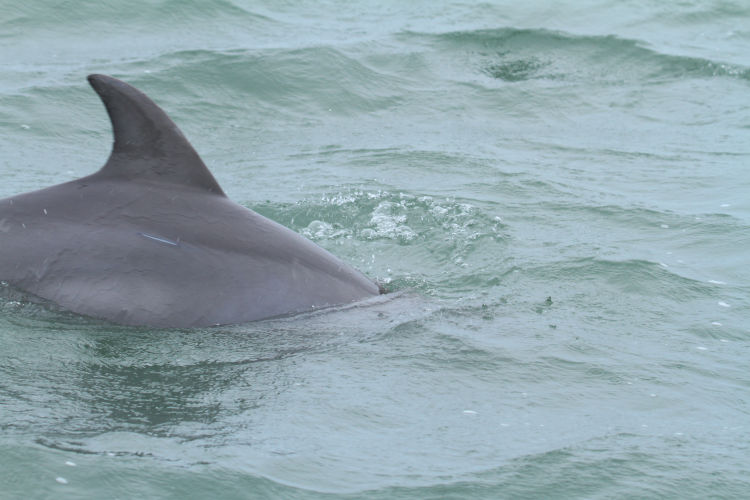
Atlantic bottlenose dolphins (Tursiops truncatus) tend to surface randomly and without warning, and also extremely briefly, so this is among the best of the frames that I’ve ever gotten of them, solely because it was so close and reasonably focused. Another member of the ferry crew showed us a photo on his smutphone from just the previous week, of a pair entirely out of the water and nose to nose in a V-shape right in front of the ferry, fantastic shot, but I’ve only even seen them jump clear from the water once, and that was better than a half-kilometer off. I have no doubts they know what they’re doing.
They day stayed resolutely overcast until the very end, or what we often consider the end anyway, which is sunset. A break right down near the western horizon allowed the sun to shine through and illuminate the undersides of the cloud deck right after setting – this was the view from our room.

The next day was supposed to be perfectly clear, so I roused myself before sunrise to hike down the road a little, where it would bend and permit seeing the sun out over the waters of the inlet, rather than rising behind buildings. I wouldn’t have minded doing this over Shackleford Banks, but it was long before the ferries were running so I would have needed my own boat.
Along the way, actually in a tree right alongside the inn, a squawk and some fluttering drew my attention to a treetop, where a black-crowned night heron (Nycticorax nycticorax) watched me reproachfully, though I hadn’t even made any sound except soft footsteps.

The sun was still several minutes before rising, so the light was dimmer. I vowed to watch for this one on the return trip, but it was nowhere to be seen then. This did, however, semi-confirm that what I had seen by the flashlight in the fog two nights previous, atop a piling out on the river, was likely another one – I just hadn’t seen any by day.
Along the way, a belted kingfisher (Megaceryle alcyon) was teasing me with its calls, audible but not visible, though as I walked I realized I was triangulating on its position. Sure enough, after a moment of searching I found it perched atop a pipe rising from the docks, and managed a few halfway-decent frames in the predawn light once I framed it against the sky and not the trees.

You can see the beak parted slightly, and this is because I caught the bird in mid-call – this is as wide as it opens for that. I’ve been trying for a decent portrait of this species for years, and have never been close enough since they’re very spooky birds – this is cropped significantly, but not too shabby for the distance and light. Kingfishers are stocky birds but not very large at all, perhaps about the body length of a robin though with a much bigger head.
Sunrise was largely lackluster, having to break from a bank of distant clouds on the horizon but otherwise unaltered by scattered clouds or humidity – so, yellow. I did snag a distant ibis in there though.
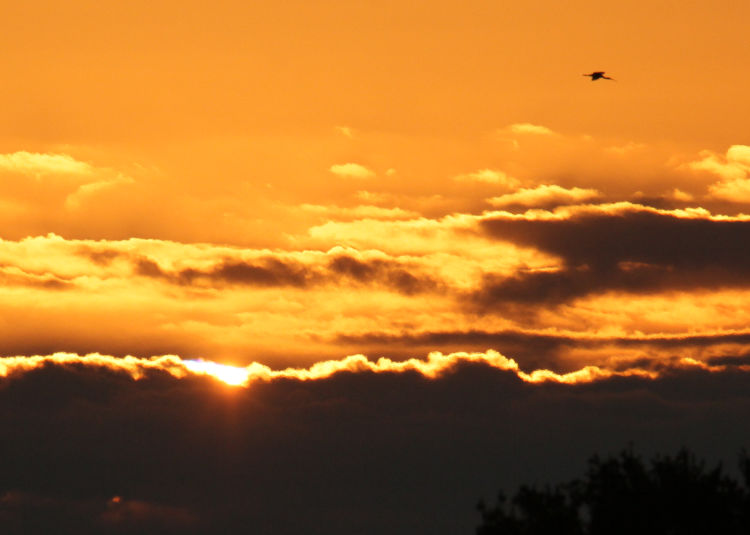
The previous day I’d seen a bird wheeling in the distance, a white bird with black wingtips, and didn’t get a better look at it but suspected it was a white ibis (Eudocimus albus.) That morning, several flocks of them passed through right before sunrise, one of them huge and flying in a V-formation, which I’d never seen before.

I was used to seeing these frequently in Florida, but never as a large flock (only a portion of which you see here,) and I think I’ve only seen one in North Carolina [Edit: Not true] – come to think of it, foraging at the NC Aquarium at Pine Knoll Shores, only a few kilometers west of here. But they don’t make it to central NC where we live.
On my return, I did a shot on the river just to show how clear it had become. Okay, actually “Taylor Creek” but it’s neither, just an estuary within the barrier islands and primarily saltwater.

See? Not a cloud in the sky, and barely any humidity haze left on the horizon – too bad this was the day we were leaving, because it would have been much better to be out on Shackleford Banks with the horses. But now that the light was better, I watched for my previous subject and was lucky enough to find it again.

Much better, and a decent light angle too. It was perched here only for a moment as I paused, then took flight and went further upriver (upestuary,) not to be seen again.
Helpfully, someone else broke from the rocks along the shore and came out into the open, almost right in front of me, and I certainly took advantage of that.

This is a common loon (Gavia immer,) I think the first I’ve seen, at least clearly. Yet they appeared to be all over the place, albeit at a much greater distance and in the worse light of the previous days. A little bigger than a large duck in size, on average, though this one seemed smaller. I think it was just going out in the morning to start its foraging, and soon dove beneath the surface.
And then reappeared again, even closer, so definitely being cooperative from my standpoint.

The water drops are a nice touch, though not all of those are water – some are the natural speckling of the plumage at this stage. You can see the feathers are slightly ruffled, and this was a precursor, though the low light didn’t allow a decent frame of the follow-up.
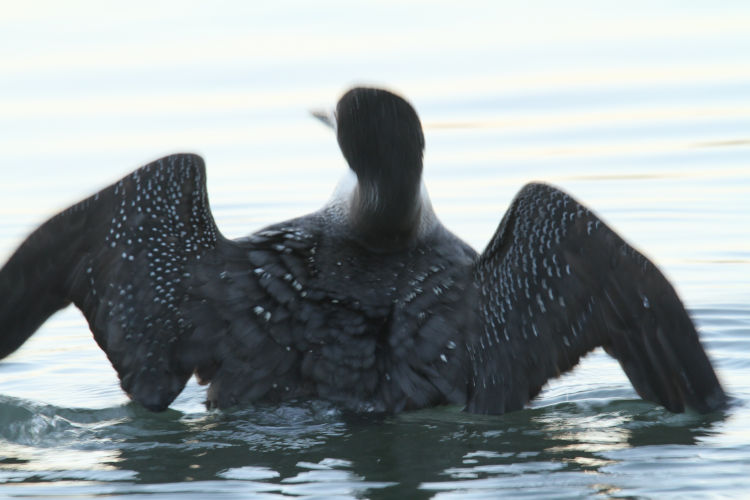
This is actually full-frame – I would have backed off had I anticipated this action properly, but that wouldn’t have helped with the slower shutter speed (from the dim light) allowing the motion blur. But this does at least show the speckled coloration quite well.
So, not too shabby for about 48 hours total time out there, and a lot of fun. We’ll just have to see when we get the chance to return.

Once again, happy new year everyone! Here’s hoping that it treats you even better, which is silly superstition but you get the concept of best wishes anyway. Celebrate responsibly, and don’t mess with the blue rope.





















































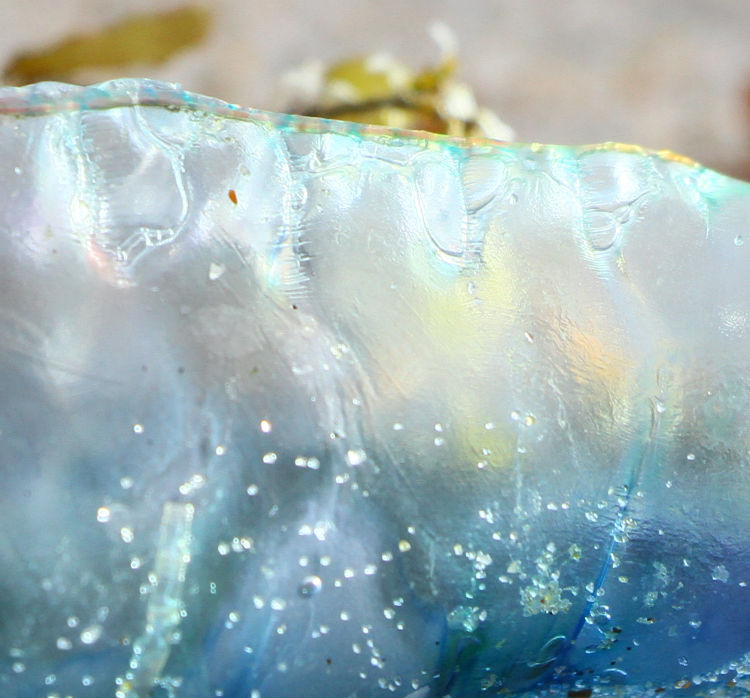




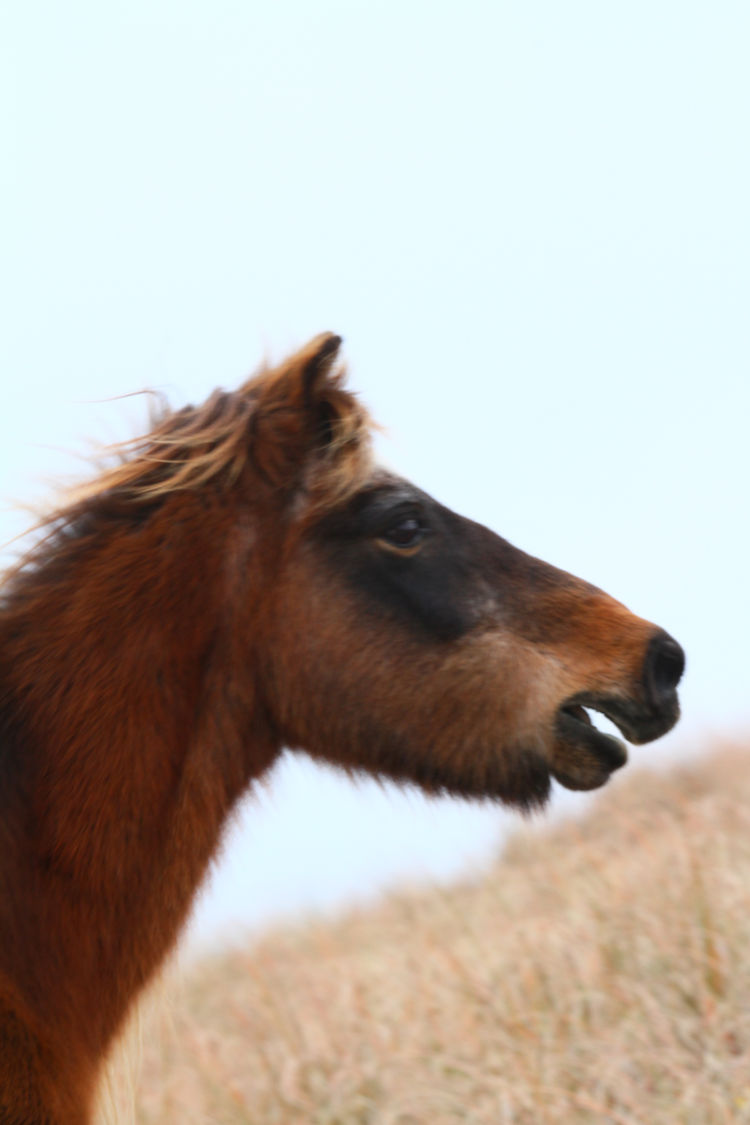
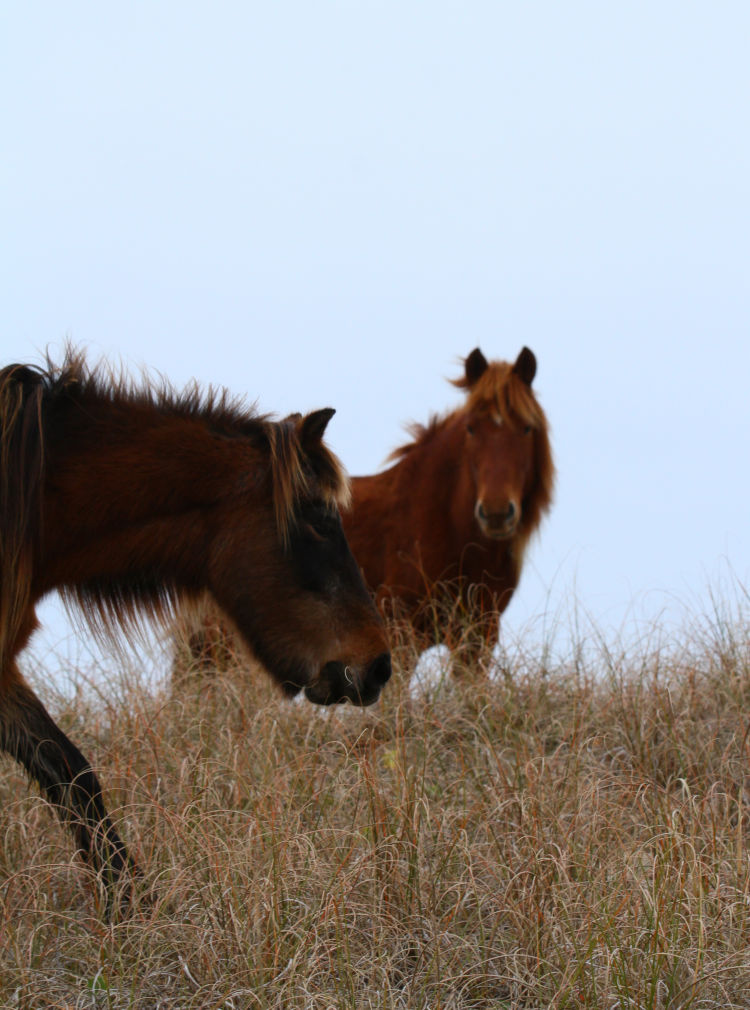

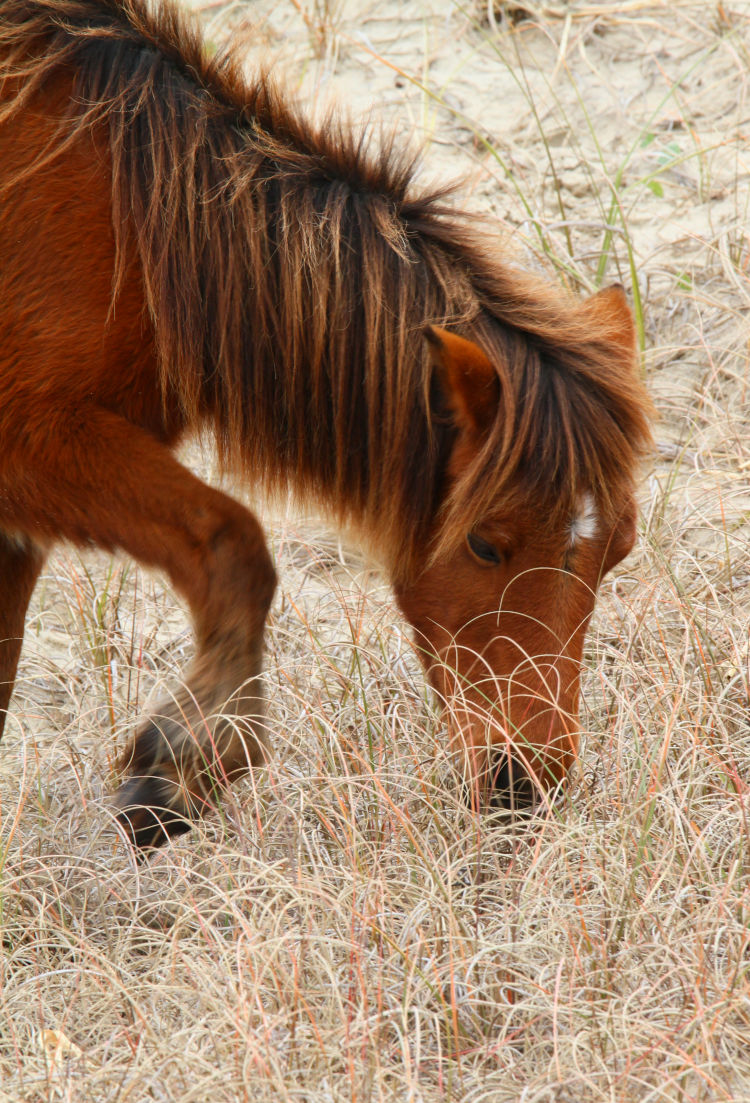
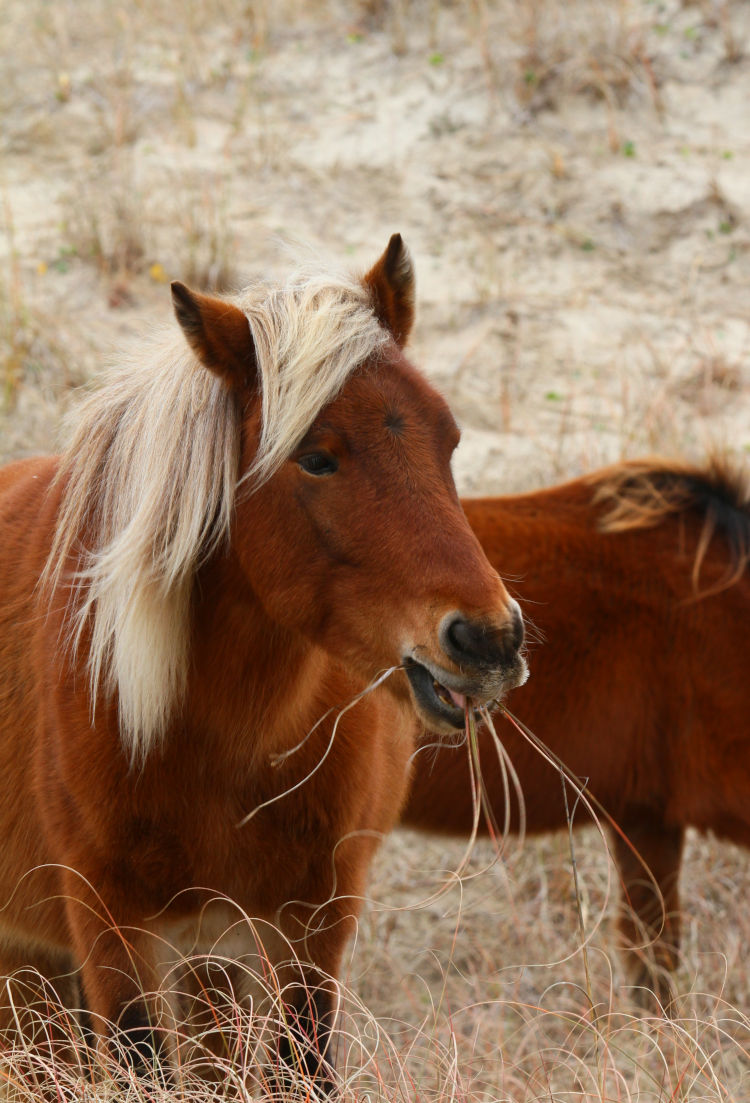
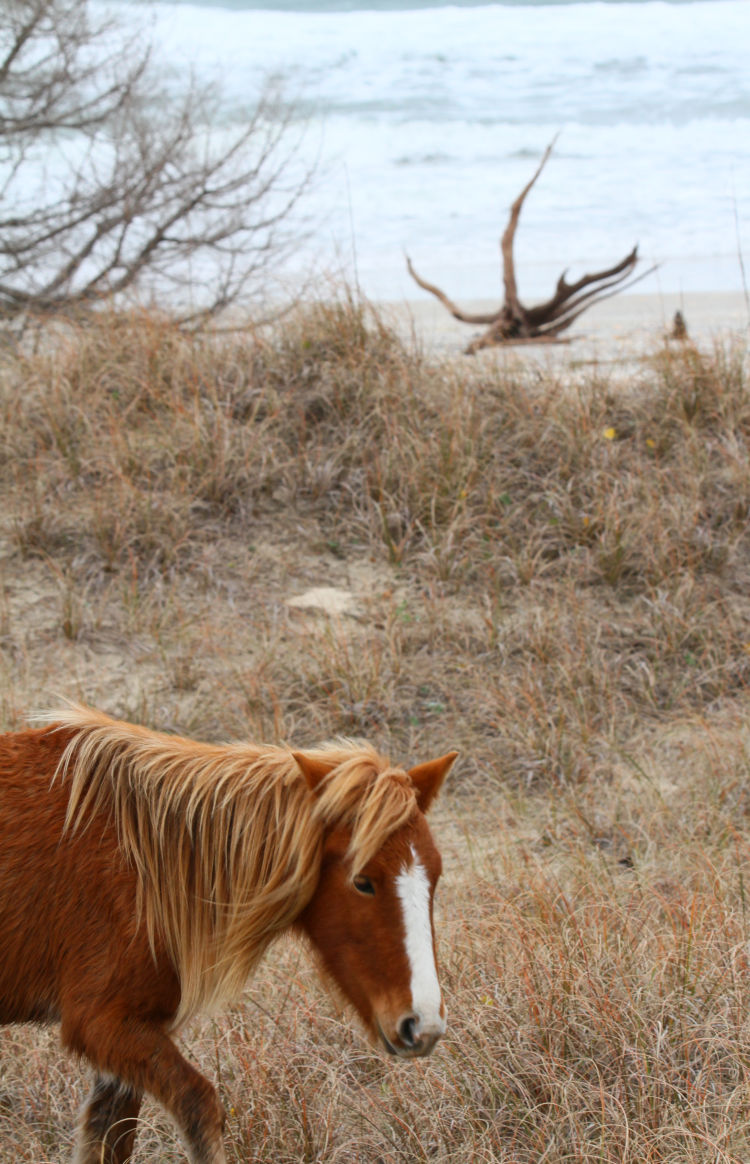


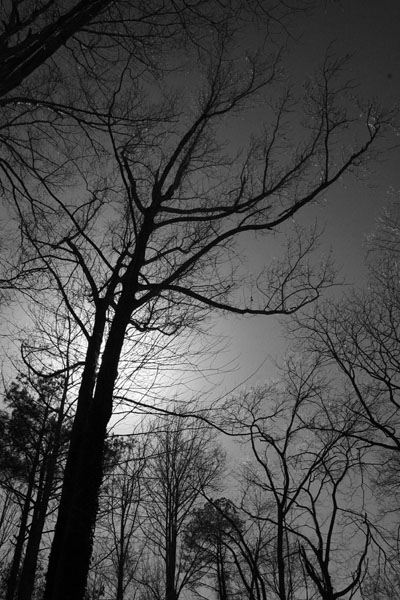 I’ve been meaning to do more cleaning of the blog folder, which is where I stash images prepped for posts before they’re actually uploaded, and on occasion I decide against them, for one reason or another; I end up not writing the post, or the narrative (such a grandiose word for this shit, isn’t it?) goes in another direction, or something along those lines. I often leave them in the folder with the idea that they might come in useful further down the road, and occasionally this happens, but not often, and I finally decided to clear out the junk drawer, as it were, and simply deleted a lot of them.
I’ve been meaning to do more cleaning of the blog folder, which is where I stash images prepped for posts before they’re actually uploaded, and on occasion I decide against them, for one reason or another; I end up not writing the post, or the narrative (such a grandiose word for this shit, isn’t it?) goes in another direction, or something along those lines. I often leave them in the folder with the idea that they might come in useful further down the road, and occasionally this happens, but not often, and I finally decided to clear out the junk drawer, as it were, and simply deleted a lot of them.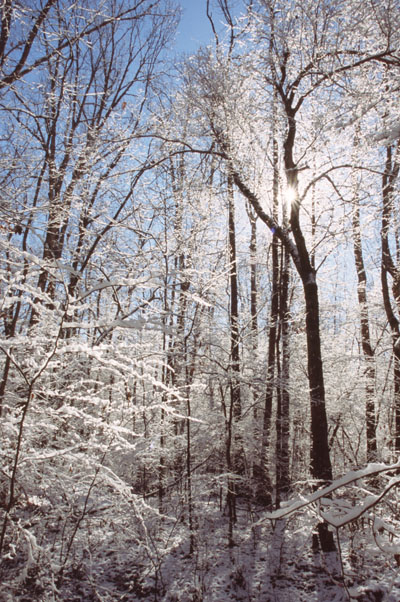 There’s also the idea, with half-column images, that they should face ‘properly’ with the text – this one leans leftish, so it should be to the right, while the one above is the opposite. This could also make for juggling the posts a bit, because at times I’d end up with vertical images that all leaned right and I couldn’t alternate like this. Does it make the slightest difference to anyone? Probably only me, but at least it shows that some thought goes into these posts, even if, again, we’re using far too elaborate a word to describe the guttering candle within my brain.
There’s also the idea, with half-column images, that they should face ‘properly’ with the text – this one leans leftish, so it should be to the right, while the one above is the opposite. This could also make for juggling the posts a bit, because at times I’d end up with vertical images that all leaned right and I couldn’t alternate like this. Does it make the slightest difference to anyone? Probably only me, but at least it shows that some thought goes into these posts, even if, again, we’re using far too elaborate a word to describe the guttering candle within my brain.